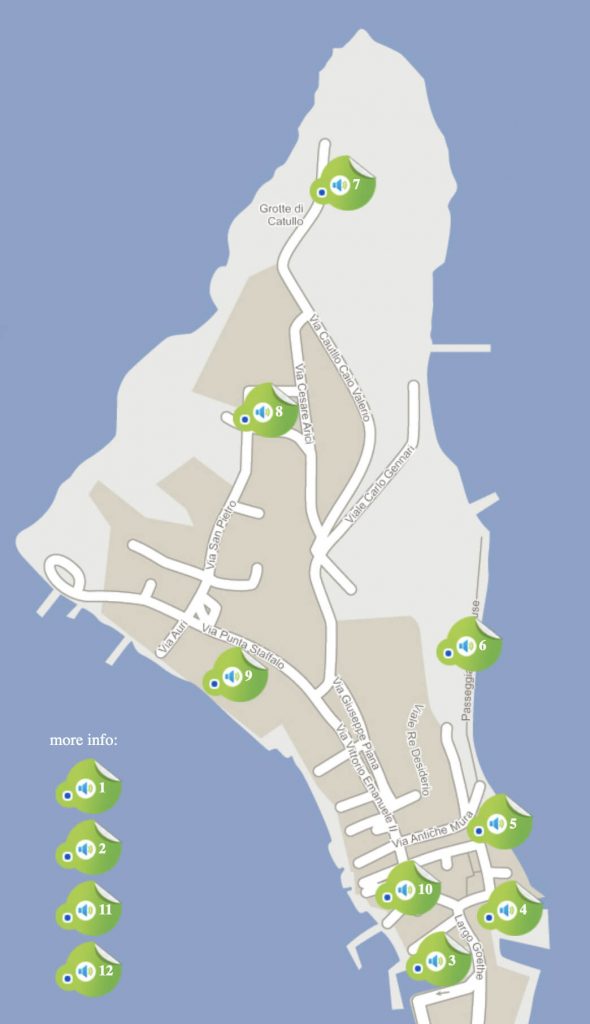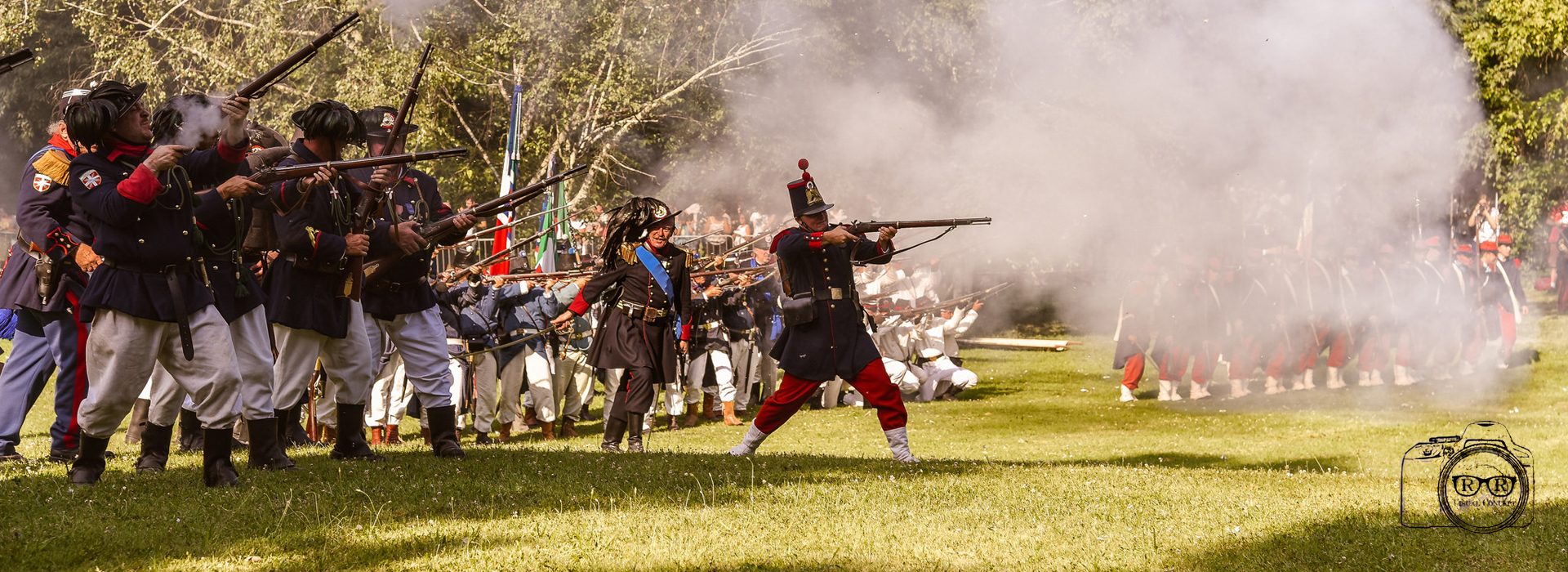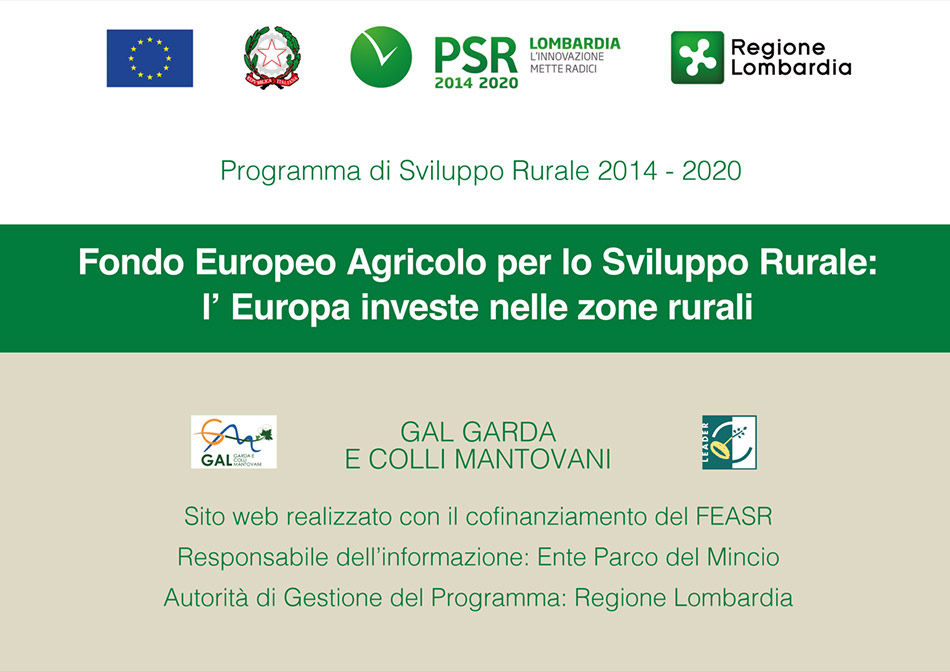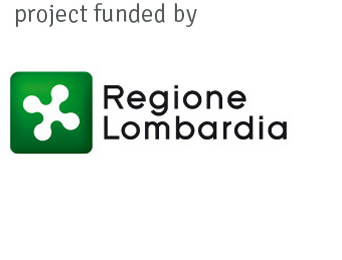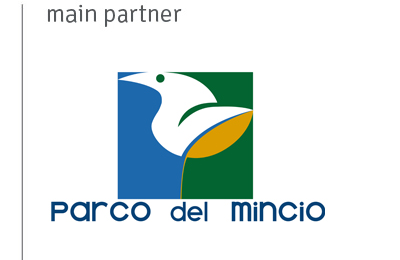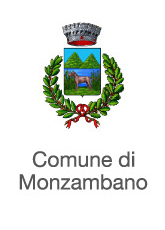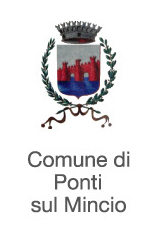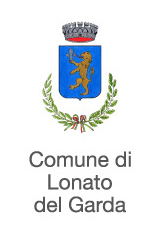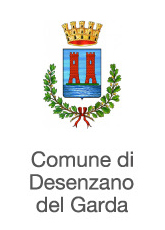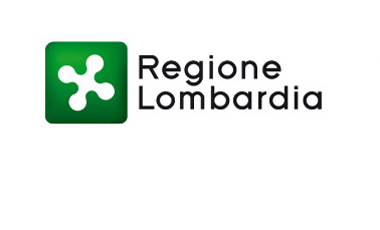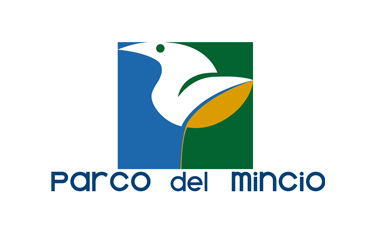![]() – Sirmione
– Sirmione
A dive into prehistory
Sirmione is located in the center of the Garda stilt house area, an area of great archaeological importance which over the years has yielded numerous finds relating to prehistoric settlements.
From the tip of the peninsula, on clear days, it is possible to see, within a radius of about 10 km, all the locations that during the 2nd millennium BC. they hosted the lake-dwelling settlements: from San Felice on the Lombard coast, up to Garda on the Veronese coast. Settlements of this type are also present throughout the Garda hinterland and in the morainic basins.
Most of these settlements are now submerged and, precisely these specific conditions, have allowed the conservation of organic materials such as wood and fabrics, allowing archaeologists to obtain precious information on agriculture, livestock farming, housing and social life of the ancient populations of the time: a period over four millennia long, ranging from 5000 to 500 BC.
The Garda pile-dwellings are part of the broader context of the pile-dwelling sites of northern Italy (19 settlements) and the prehistoric pile-dwelling sites of the Alpine arc: 111 ancient villages that extend across 5 countries, from France to Slovenia and which since 2011 have been part of the UNESCO World Heritage.
The pile-dwelling site of Sirmione
Located in the Lugana Vecchia area, currently Colombare, the site has been studied since 1996 and has allowed us to detect the remains of the stilt houses 100 meters from the coastline, with oak, elm and Turkey oak wood poles. Some materials had already been recovered since 1976, with notable richness and variety of bronzes, copper and stones, attributable to a foundry deposit. Other analyzes on the wood of the stilts, carried out in 2006, allowed them to be dated to around the 17th century BC.
The Archaeological Museum of Sirmione, within the archaeological area of the Caves of Catullus, open to the public since 1999, collects evidence of the city’s most ancient history, including objects recovered from the submerged stilt houses along the coasts of the peninsula, among Oasi San Francesco and Maraschina, passing through Porto Galeazzi and Lugana Vecchia.
Good to know
Click a TAG for similar articles
How to get


